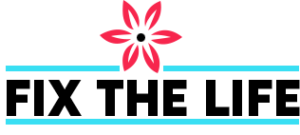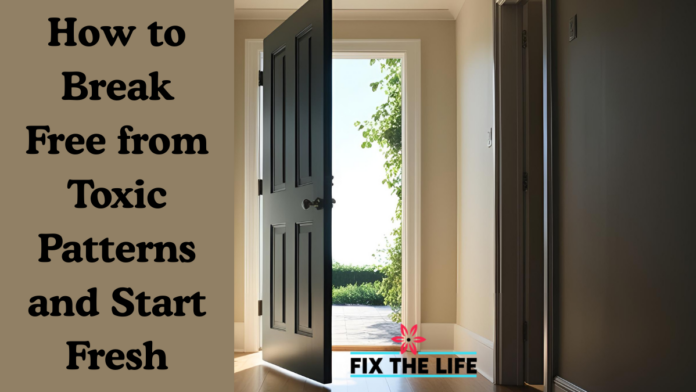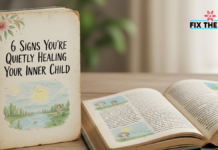We all experience cycles that hold us back—whether it’s unhealthy relationships, self-doubt, or habits that sabotage our well-being. These toxic patterns often stem from deep-seated behaviors shaped by past experiences, fears, or unresolved emotions. Breaking free from them requires self-awareness, intentional change, and emotional resilience.
This guide explores how to break free from toxic patterns, recognize emotional triggers, and overcome self-destructive behavior so you can create a fresh start.
Understanding Toxic Patterns: Why They Persist
Toxic patterns repeat when we remain stuck in unconscious cycles shaped by past conditioning. These habits often feel comfortable—even when they cause harm—because they are familiar.
Common Examples of Toxic Patterns:
- Self-Sabotage: Avoiding success out of fear or insecurity.
- Unhealthy Relationships: Repeating dynamics of emotional manipulation or neglect.
- Negative Thought Loops: Constantly doubting your abilities or worth.
- Emotional Avoidance: Suppressing feelings instead of addressing them.
Understanding why toxic habits form is the first step toward breaking free.
Step 1: Identify Emotional Triggers
Toxic behaviors often emerge as reactions to emotional triggers—situations or feelings that activate negative patterns.
How to Recognize Triggers:
- Notice when destructive behaviors occur (e.g., anxiety leading to avoidance).
- Pinpoint recurring emotions tied to toxic patterns—fear, shame, anger, insecurity.
- Track reactions in a journal to identify situations that spark negativity.
Example: If criticism triggers defensiveness, recognize where that response originates. Are you protecting past wounds?
Understanding triggers helps shift reactions from automatic responses to intentional choices.
Step 2: Break the Cycle of Self-Destructive Behavior
Once you recognize toxic habits, the next step is disrupting them before they repeat.
Strategies to Overcome Self-Destructive Behavior:
- Pause Before Reacting: When faced with a trigger, take a deep breath instead of responding impulsively.
- Replace Toxic Thoughts with Constructive Ones: Shift from “I always fail” to “I am learning from setbacks.”
- Choose Small, Positive Actions: Change doesn’t happen overnight—start with minor adjustments to break the cycle.
Example: If you tend to withdraw when stressed, practice reaching out to a trusted friend instead.
Replacing self-destructive behaviors creates healthier habits over time.
Step 3: Set Boundaries to Protect Your Growth
Boundaries are essential for breaking toxic cycles, especially those involving relationships.
How to Establish Boundaries:
- Define What You Will No Longer Accept: Identify patterns that drain your mental well-being.
- Communicate Clearly: Express limits such as, “I won’t engage in discussions that make me feel unworthy.”
- Enforce Boundaries Without Guilt: Prioritize peace over pleasing others.
Boundaries create space for healing while reinforcing self-worth.
Step 4: Develop New, Healthier Habits
Healing isn’t just about removing negativity—it’s about replacing it with better choices.
Ways to Build Positive Habits:
- Self-Reflection Practices: Journaling, meditation, or therapy can help process emotions.
- Consistent Self-Care: Prioritize habits that nourish mental and physical health.
- Surround Yourself with Supportive People: Engage with relationships that encourage personal growth.
Building intentional habits replaces toxic cycles with fulfilling patterns.
Step 5: Accept Imperfection & Progress
Breaking toxic patterns doesn’t happen instantly. Expect setbacks—but recognize that progress matters more than perfection.
How to Embrace Growth:
- Forgive Yourself for Past Mistakes—Healing requires self-compassion.
- Celebrate Small Wins—Every step forward reinforces new patterns.
- Stay Committed Even When Challenges Arise—Change is a journey, not a destination.
You don’t need to heal perfectly—you just need to keep going.
FAQs
Q1: How do I stop repeating toxic relationship cycles?
Recognize patterns, set boundaries, and prioritize self-respect over familiar dysfunction.
Q2: Why do I always fall back into self-destructive behavior?
Toxic habits are deeply ingrained—breaking them requires intentional actions and emotional awareness.
Q3: Can therapy help break toxic cycles?
Yes, Therapy provides tools to understand triggers, heal emotional wounds, and develop healthier behaviors.
Q4: How long does it take to break a toxic habit?
It depends on the habit, but consistency in change leads to lasting transformation over time.
Q5: What if I relapse into old toxic patterns?
Growth isn’t linear—setbacks happen. Instead of guilt, focus on correcting course and moving forward.
Final Thought
Breaking free from toxic patterns requires self-awareness, intentional action, and commitment to healing. Recognizing emotional triggers, replacing self-destructive behavior, and reinforcing healthy boundaries allows you to create a fresh start. Every step toward growth strengthens resilience—the key is to keep moving forward, one choice at a time.




